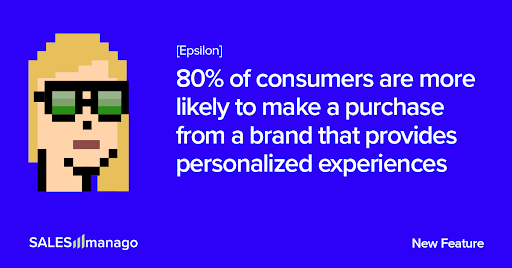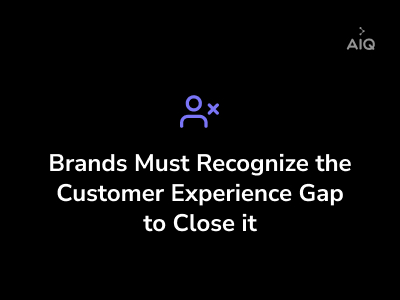How to Choose a B2B Customer Data Platform: Upping the Odds of Real-Time Buyer Identification
March 24, 2022In the last two blogs we’ve discussed how to get the best data together to drive complete, accurate and easily-managed buyer profiles. Now let’s talk about how to put those profiles into action for use cases like routing, personalization, segmentation and even driving bot real-time experiences. To automate these use cases, companies are implementing Customer Data Platforms (CDPs), which empower sales & marketing teams to seamlessly blend all of their siloed customer data into a single source of truth at multiple levels – profiles for people, accounts, and buying center. This makes possible automatic profile updating in real-time as source data changes and new data is ingested. And finally with advanced identity resolution algorithms, CDPs can provide statistical scores to decide when to update source systems based on sometimes divergent signal sources.
Remember, with numerous tools available, it’s important to understand that not all CDPs are the same, so you need a way to determine which is the most qualified to handle your data needs. Consider leading research and advisory companies like Forrester, who recently published The Forrester New Wave™: B2B Standalone CDPs, Q4, 2021.
In their evaluation of 14 leading B2B CDP companies, Forrester considered several factors to compare each CDPs’ Identity Resolution & Unified Profiles framework. Forrester started by looking at each CDPs’ identity resolution services and if the process was user-configurable. They wanted to know if (and how) each solution creates unified profiles at the account, buying group, and contact level. Finally, Forrester looked at each solution’s ability to create a persistent store of unified profiles and if they offer B2B Revenue Waterfall™ enablement.
As a result, there are use cases and technological aspects to consider when you are evaluating CDPs. Test the use cases that you are evaluating against in your Identity Resolution & Unified Profiles framework as to whether the CDP has the following eight attributes:
- Uses deterministic/probabilistic identifiers (IDs)
- Offers unique/non-unique company and person IDs used in clustering algorithms to unify profiles and validate/dedupe data
- Employs unification logic that is customer-configurable for business needs.
- Uses probabilistic IDs, PII and anonymous, to complement unique IDs for highly-scalable matching
- Offers probabilistic clustering that leverages decision trees (XGBoost) and other algorithms.
- Provides identifiers at different levels of the company hierarchy so you have the ability to unify and create single records/groupings at the global HQ level, Country HQ level, Business HQ level and/or at specific regional/site locations.
- Has purpose-built account unification solutions to support the operational structure of organizations from an identity perspective that meet marketing and sales routing, territory or segmentation needs – not just the legal structure
- Offers hierarchies that can be mapped to D&B DUNs legal-based hierarchies to provide this interoperable framework across functions and teams.
Learn more about the benefits of implementing a CDP, further explore Identity Resolution & Unified Profiles, and see how leading B2B CDPs rank in all 10 evaluated categories by reading The Forrester New Wave™: B2B Standalone CDPs, Q4, 2021. It’s a great start to assessing the most important things to consider as you evaluate the best way to find, create and accelerate closeable business!


